Managing the harmful effects of e-waste in Uruguay
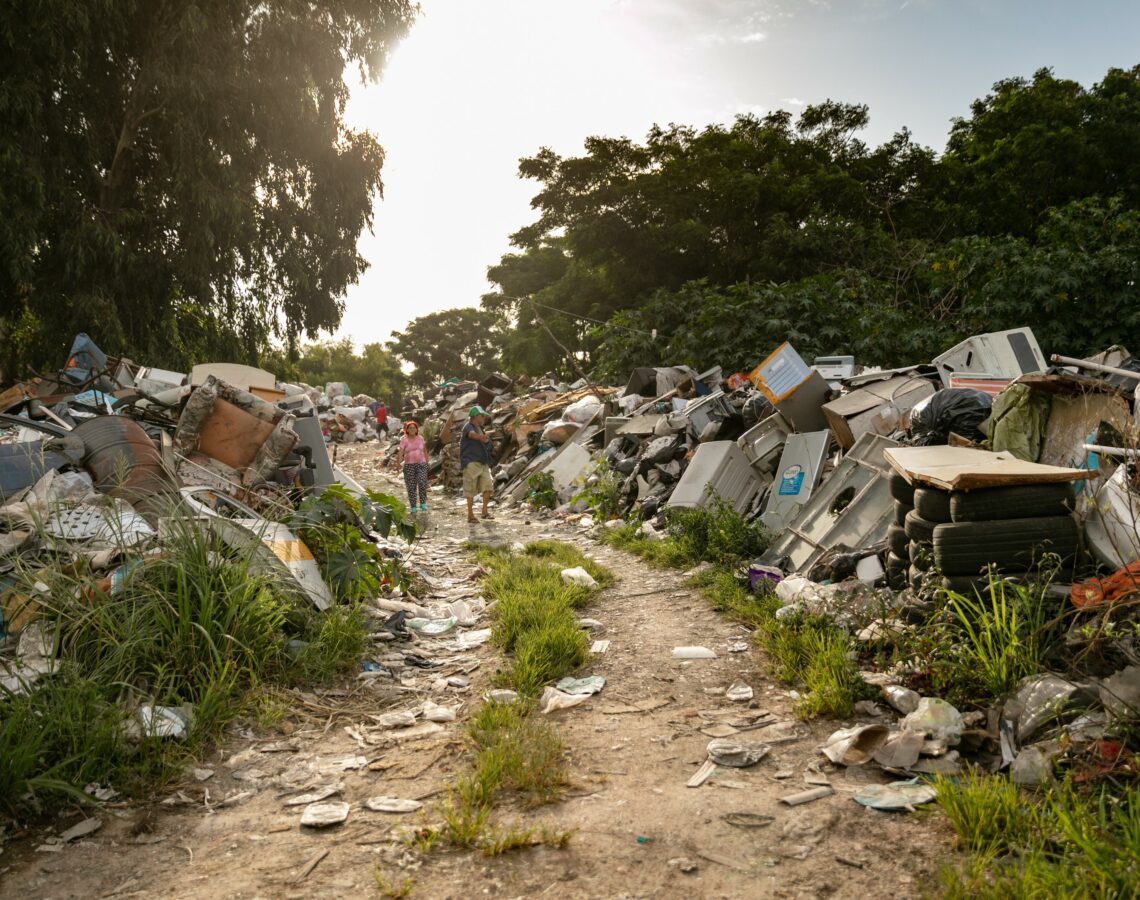
Electronic waste, or e-waste, is the world’s fastest growing domestic waste stream. According to the Global E-waste Statistics Partnership (GESP), a record 53.6 million tonnes of e-waste was produced in 2019, increasing 21% in just five years. By 2050, the volume of e-waste could top 120 million tonnes annually. Currently only 17.4% of it is recycled responsibly.
Safely disposing of e-waste is hazardous, complex and expensive. Some e-waste ends up in normal waste bins, while significant amounts are shipped to low- and middle-income countries, often illegally. Informal workers, sometimes including children and adolescents, pick through, dismantle or burn e-waste to obtain valuable metals and materials, seriously jeopardizing their health.
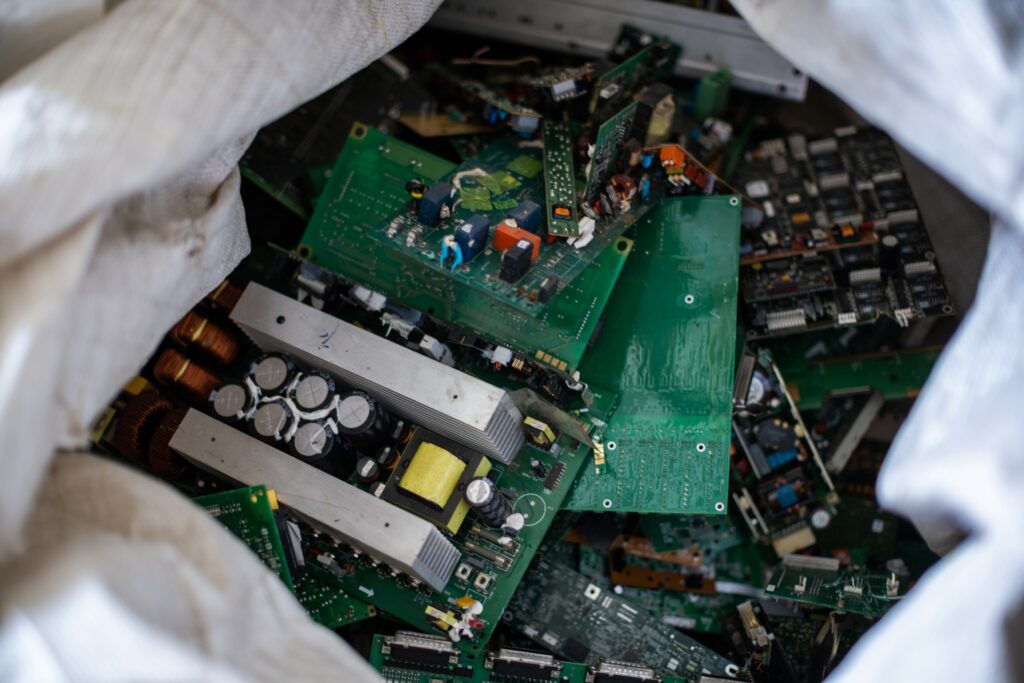
Uruguay generates some of the highest rates of e-waste per capita in Latin America. Informal e-waste recycling often happens in the poorest neighbourhoods, in communities, homes and backyards. Burning cables and rubbish containing metals can release toxic substances into the environment, including lead.
Among Uruguayan children, 1 out of 4 instances of high levels of lead in the blood is linked to e-waste exposure. Lead poisoning poses a serious threat to the health of children. It can lead to impaired neurodevelopment, changes in lung function and respiratory effects, DNA damage, impaired thyroid function and increased risk of some chronic diseases later in life.
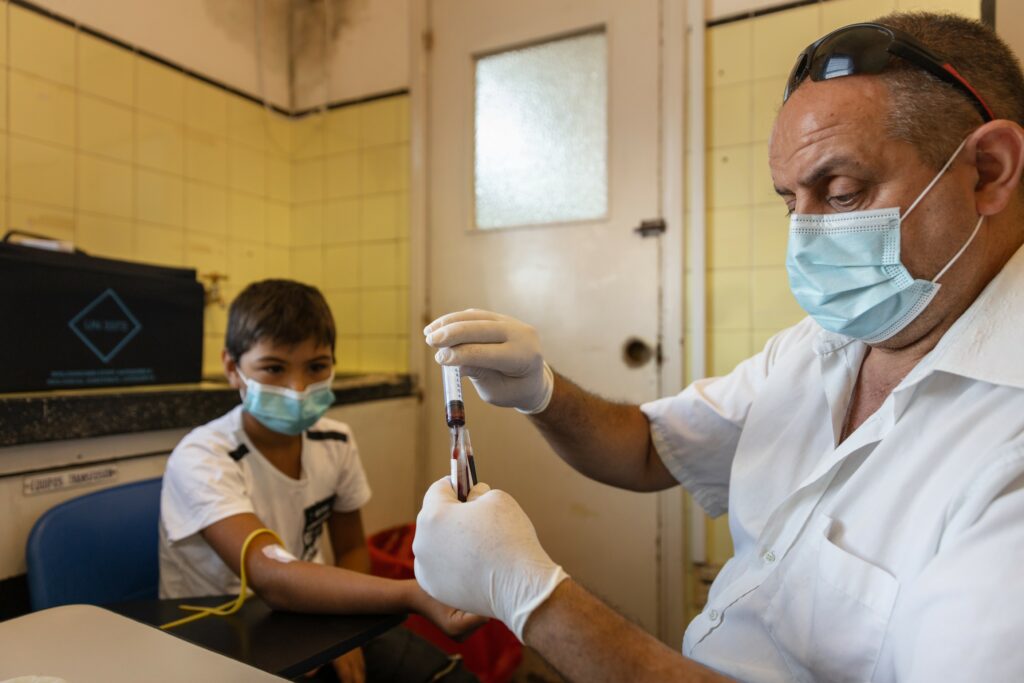
The Children’s Environmental Health Unit (UPA) in Montevideo works to prevent diseases generated by environmental contaminants, especially in children. UPA is located inside the Claveaux Center of Health and collaborates with a joint program form the Faculty of Medicine and the Health Services State Administration. The centre is connected to World Health Organization’s (WHO) Children’s Environmental Health Programme.
Laureto was sent to UPA when he was 8 years old. His family ran a business which bought and sold different kinds of metals. This environment was contaminated with toxicants and Lautaro, like many children, had a habit of putting metals in his mouth. At school he started having trouble concentrating and displayed anxious and aggressive behaviors. The doctors at UPA have been monitoring the effectiveness of the interventions with lead levels in his blood for three years now.
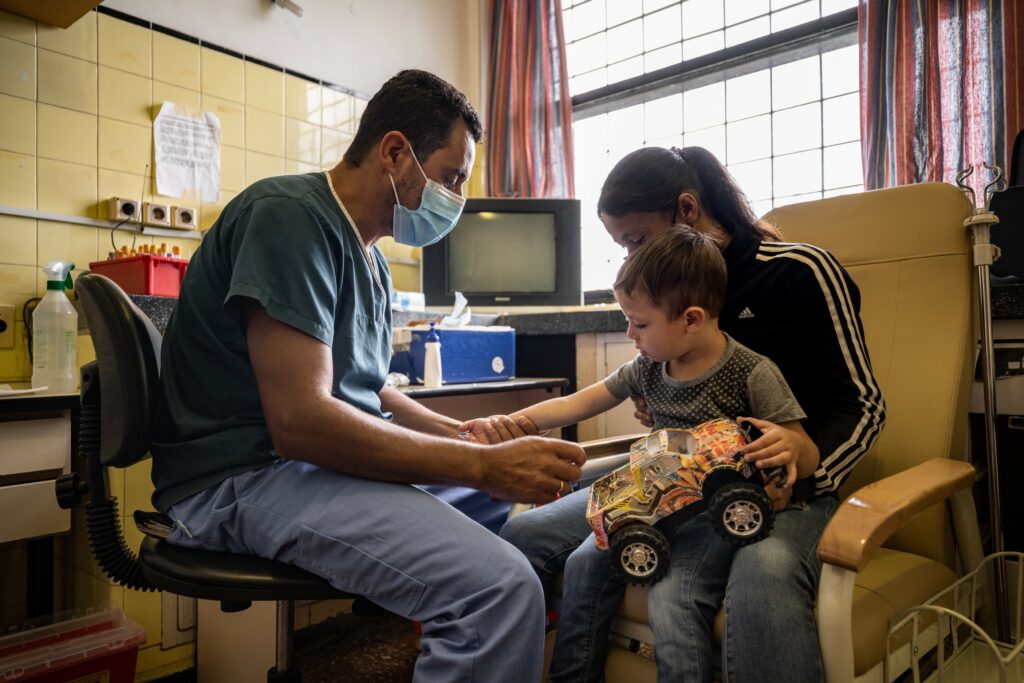
The doctors at UPA are toxicologists and pediatricians that treat children, adolescents and pregnant women. Most patients seek treatment or specialized medical advice for issues related to lead, mercury, carbon monoxide or pesticides. Patients then continue treatment and monitor their health with their own pediatrician or doctor after receiving a diagnosis, treatment and prevention recommendations.
Medical students at UPA learn how to recognize signs of informal e-waste recycling occurring in neighbourhoods and communities during outreach family visits and community activities. UPA works with city and government stakeholdersand with communities, raising awareness and training health professionals to better diagnose and treat diseases linked to environmental risk factors.
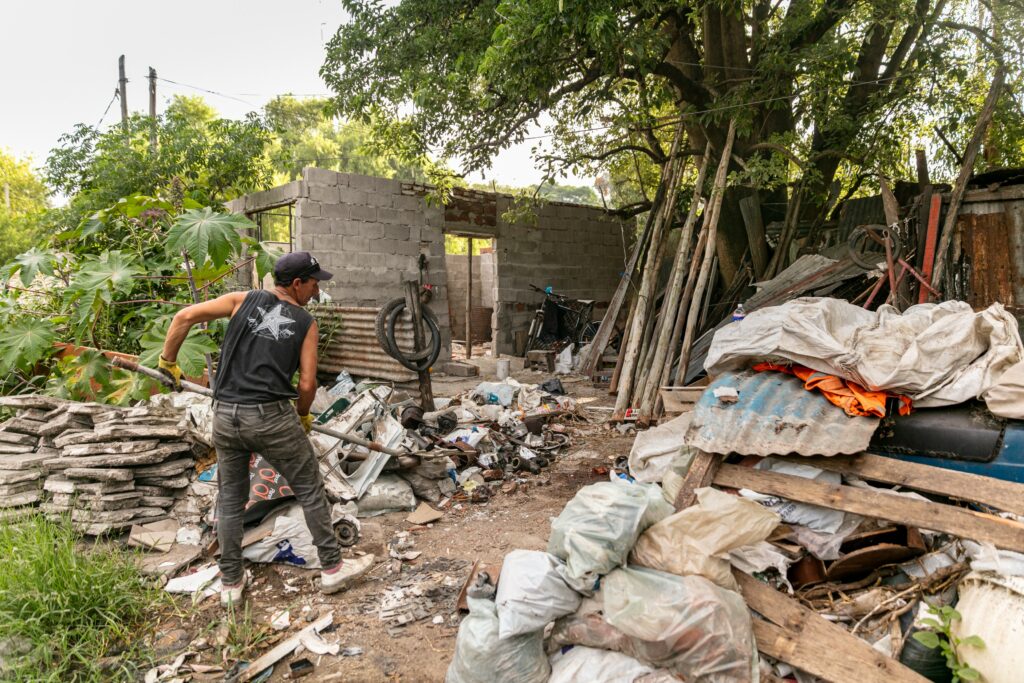
In 2019, the estimated global value of raw materials such as copper and gold contained in e-waste was US $57 billion, according to GESP.
The challenge is to ensure safe recycling. In Montevideo, some companies specialize in waste management and responsibly recycled electronic waste, including light bulbs and electronic scrap materials. Projects that facilitate the repair and reuse of personal computers, such as the ANTEL Integra Project, also contributes to reducing e-waste.
But too often, recycling is informal and dangerous. Understanding social determinants, such as poverty or lack of alternative employment options, that influence people’s decisions to participate in informal e-waste recycling is essential to finding safer, sustainable and more environmentally-friendly ways of managing e-waste.
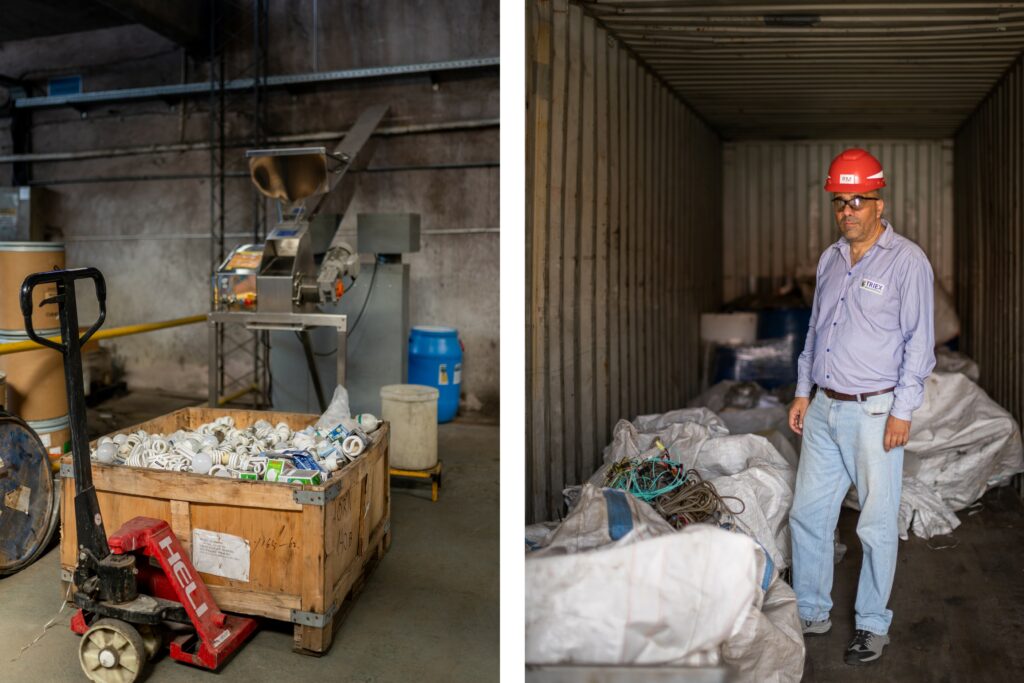
Tackling the effects of e-waste and other environmental determinants of health is a key priority for WHO both regionally and globally. In 2018 the Pan American Health Organization (PAHO) released its sustainable health agenda, outlining strategies to substantially reduce the number of deaths and diseases caused by hazardous chemicals by 2030.
WHO’s Initiative on E-waste and Child Health seeks to generate evidence and build capacities of the health sector to better address e-waste exposure. WHO is currently running pilot projects in African and Latin American countries through its collaboration with WHO regional and country offices and other United Nations (UN) agencies. These pilot projects aim to create frameworks for protecting child health from e-waste exposures that can be adapted and replicated in different contexts and countries.
WHO is also working with other UN agencies and international organizations as part of the E-waste Coalition. The coalition aims to address the e-waste challenge worldwide by raising awareness and providing integrated support to countries to prevent, reduce, collect, recycle and dispose of e-waste sustainably.
Source : medium.com

